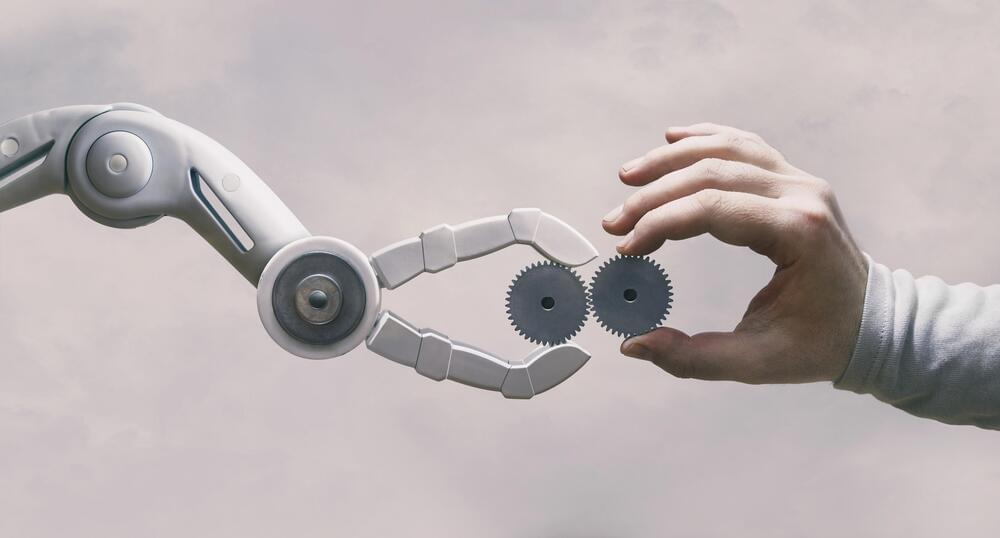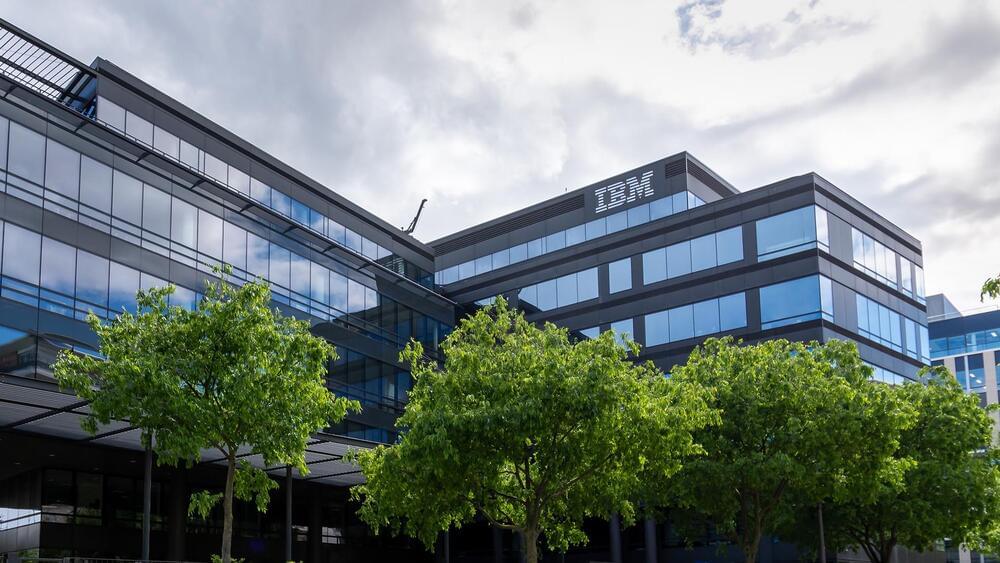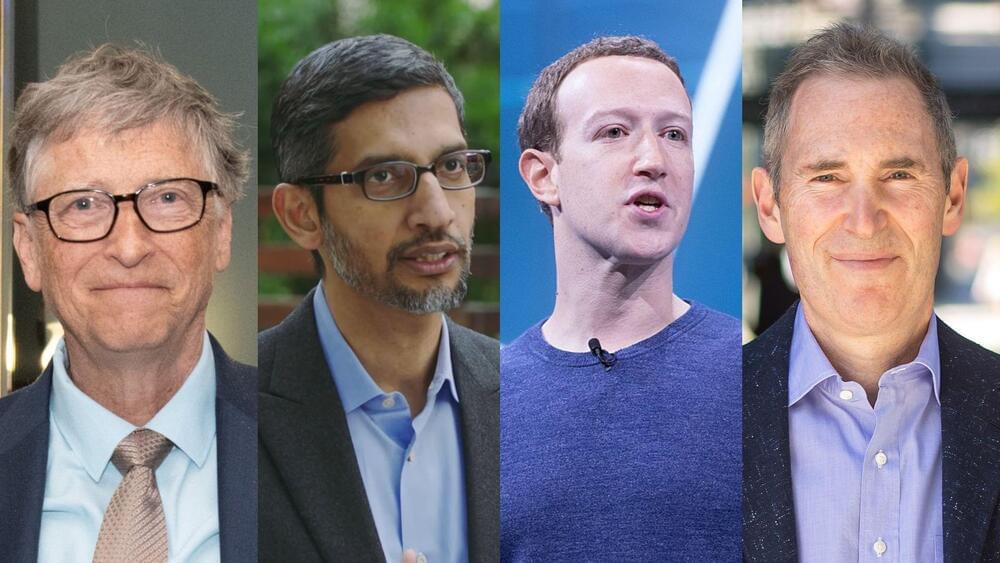Tools such as DALL – E 2 and ChatGPT have the potential to crush the “competition” because they can do specific creative tasks faster and, in some cases, better than humans. This may sound scary for the people behind the desk; however, as phenomenal as these tools are, they are not infallible. These LLMs are not without their limits. They are vulnerable to inconsistent accuracy, limited creativity and controllability and may provide outdated information.
Despite their significant strengths, they present users with challenges that must be addressed to optimize their potential fully. What this means for those threatened by the existence of AI is the need to step up their game and upskill to remain competitive.
The evolution of technology will continue, addressing the gaps in many different industries to benefit society. Creatives, including digital marketers, copywriters and designers, have already recognized the potential benefits of AI-powered tools. So, the question shouldn’t be whether AI will take over your jobs but how you’ll adapt.








